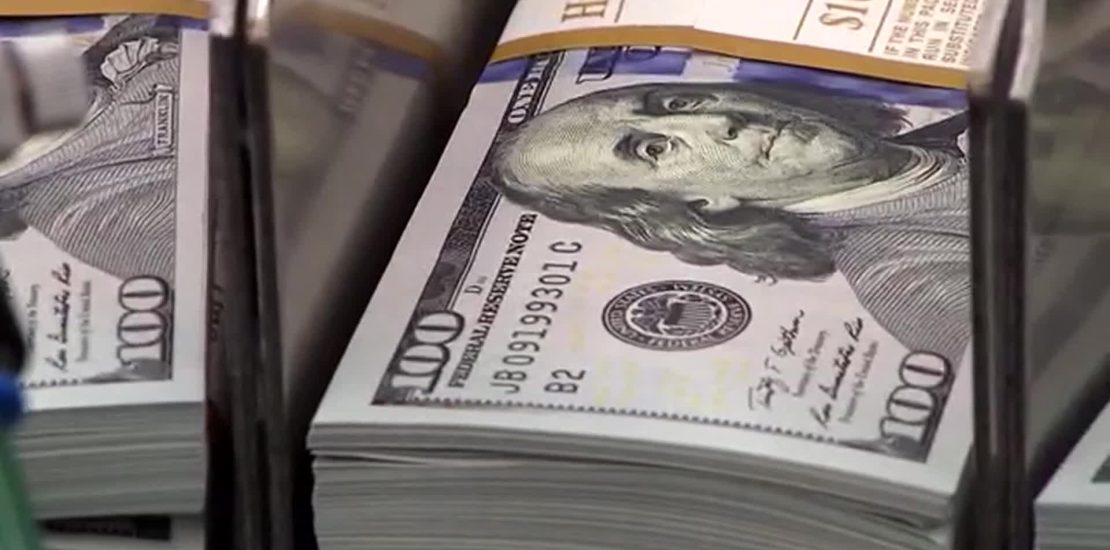- April 9, 2025
- Posted by: Regent Harbor Team
- Category: Global Economy

Contents
The Dollar’s Descent: A Six-Month Perspective
Ah, the good old greenback! The strength of the U.S. dollar took quite a tumble this past April. It was last Wednesday, the 9th, when the currency hit a six-month low. Such a drop came in the wake of new tariffs imposed by President Trump.
The Numbers Game
On that fateful morning, an index that weighs the dollar against a selection of significant world currencies saw a decline of almost 0.9%. Shockingly enough, it was even lower than the dip it experienced the week before. This kind of drop usually isn’t associated with tariffs, according to economic boffins. Typically, one would expect higher U.S. tariffs to bolster the dollar.
Economic Expectations
Why, you might ask? Quite simply, higher tariffs should ordinarily dampen America’s demand for goods from overseas. Consequently, this demand shifting should give the dollar a leg up, not drag it through the mud.
Furthermore, when tariffs make foreign goods more expensive, American consumers and businesses usually turn to domestic products. You’d expect this shift to rally the greenback rather than weaken it.
A Bit of Economic Jargon
To delve a tad deeper, these tariff effects usually transpire through a mechanism known as import substitution. Essentially, as tariffs inflate the cost of imported goods, domestic industries gain a competitive edge. Understandably, local currency should gain strength when people rush to buy home-grown goods.
Concluding Thoughts
The current scenario puzzles many an economist and financier alike. It leaves many scratching their heads over the weaker dollar’s recent illogical correlation with high tariffs. For the time being, the forex world remains in a bit of a stir.
Let us hope that as the situation unfolds, the markets find a semblance of balance and normalcy. Nevertheless, this curious case of the falling dollar certainly makes for an intriguing chapter in global economics.
